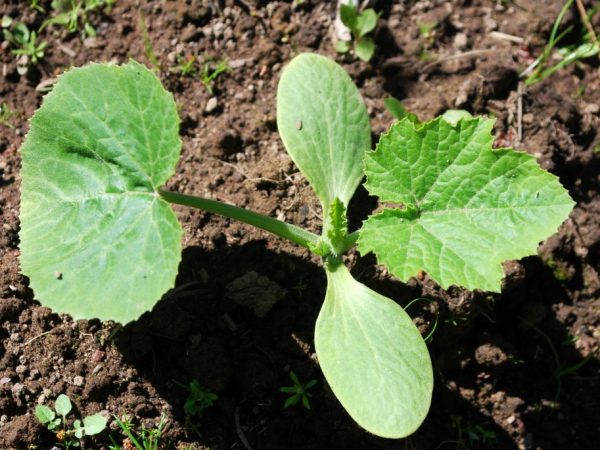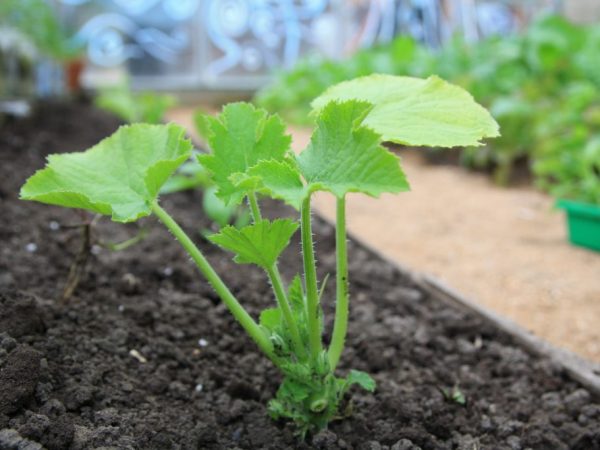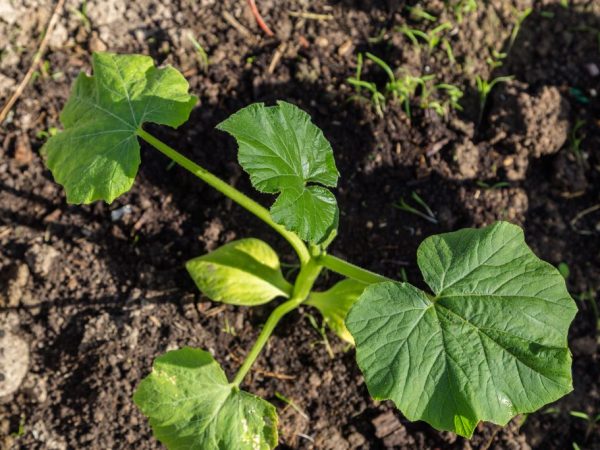Zucchini planting scheme
Zucchini is a valuable vegetable crop. They are rich in vitamins, taste good, and are widely used in cooking. It is not difficult to grow them, any novice gardener will cope with the task. To get a rich harvest, you need to know the rules for preparing seeds, the distance of planting zucchini and some of the intricacies of care.

Zucchini planting scheme
Which variety to choose for planting
When choosing a variety of zucchini for planting in open ground, take into account the timing of fruit ripening, type of growth, yield, and a tendency to disease.
The most suitable varieties for growing:
- Aeronaut. A bushy variety, has a high resistance to diseases. Fruits are oblong, green, maximum yield 7 - 7.5 kg / m².
- Cavili. High-yielding variety (9 kg per m²), characterized by early ripening, disease resistant. Fruits are oblong, light green in color.
- Iskander. The species is early maturing, fruiting lasts until the first frost. The highest-yielding variety: 15 kg of fruit can be harvested from a square meter garden under favorable conditions.
- White. Belongs to early ripening, fruits are large, oval, white.
- Waterfall. An early ripening hybrid, has a high yield, average resistance to diseases and pests.
- Gribovsky. Mid-season variety, yield 8.5 kg / m². The fruits are light, large in size, have a dense skin, therefore they are suitable for storage for the winter.
- Zolotinka. It is characterized by late ripening, has an average resistance to diseases. It has beautiful long fruits, yellow in color.
- Anchor. Possesses high frost resistance, practically not susceptible to diseases.
- Pharaoh. Frost-resistant, large-fruited variety, has an average yield and resistance to diseases. The black-green fruits are suitable for long-term storage.
- Ardendo 174. Early maturing variety with medium-sized light green fruits.
- Genovese. The variety is characterized by long and large fruits, resistance to temperature changes.
The listed varieties can be planted in the middle lane and southern regions. For Siberia, the Ardendo variety is excellent, as well as Parthenon, Belogor and Genovese. The fruits are of good commercial quality.
Seed preparation
Zucchini seeds should only be purchased from trusted sellers in order to obtain the correct variety that meets all the characteristics.
Before planting, the seed must be prepared.
- check for emptiness with a solution of table salt (dissolve in a glass of water, 1 tsp of salt, and throw the seeds, empty in 20 - 30 minutes will float up, and the germinating ones will settle);
- treat with a growth stimulant (moisten gauze in a solution and wrap the seeds until they swell);
- put in a cool room for 2 days, when the seeds swell;
- keep the seeds in a lighted and warm place for a week.
Small sprouts should appear from the seeds. After germination, the material can be planted for seedlings.
For the growth of seedlings, garden soil is needed, mixed with peat, wood ash in a 1: 1: 1 ratio.You need to add fertilizers to the mixture - nitrogen and mineral. Also, gardeners are advised to decontaminate the soil, freeze it and then heat it up. Sprouted seeds can only be planted on soft and warm soil.
You can get ready-made potting mix at the store. It does not need to be disinfected and fertilized.
The soil is scattered in separate cups and the seeds are sown. Drainage from expanded clay or river sand is laid at the bottom of the tanks. If the mixture is light, the seed is deepened by 6 cm. The dense material is placed 4 cm deep.
Put 2 sprouts in one container, cover the ground with mulch on top. After 1 - 2 weeks, the weaker sprout must be removed.
Landing time and scheme

Young seedlings should be protected from direct sunlight.
For planting zucchini and zucchini, the garden must be prepared in the fall. It is dug to a depth of 1-2 m, the soil is mixed with saltpeter and mineral fertilizers.
In the south, seedlings can be transferred to open ground in the last days of May; in the middle lane, planting is carried out in June. It is important that the weather is stable and warm.
In order for young plants to take root, it is important to follow the planting scheme. The distance between the squash seedlings is 1 meter.
The zucchini planting pattern is the same, but the distance between the plants should be 20 cm more.
Before planting, small holes are dug in the garden bed. They start planting in the evening so that the sun does not burn young plants. A place in the garden should also be chosen protected from direct sunlight and through wind.
Humus and ash are poured into each dug hole, mixed with soil. Then the hole is filled with water. The seedling is carefully removed from the pot along with a lump of soil and lowered into the hole. Sprinkle the roots with soil, trample. The root section of the soil is mulched. Plants can be tied to a support.
Care rules after landing
In order for zucchini seedlings to take root and bring a rich harvest, you need to provide them with proper care, which includes watering, feeding and weeding from weeds.
How to water zucchini
Zucchini in the early stages of development and after transplanting into open ground need abundant watering, especially during dry periods.
Basic Rules:
- carried out every 10 - 14 days early in the morning or after sunset;
- water the plants at the root;
- the optimal amount of water is 12 l / m²;
- the water should not be cold, the normal water temperature is 20 - 25 °;
- the liquid should not get on the leaves, flowers and fruit ovaries, so as not to provoke rotting.
With insufficient watering, the taste of the fruit deteriorates, the pulp is bitter.
Watering is stopped a week before harvest. The leaves of the plant may wither, but this is not a cause for panic. When the amount of sunlight decreases, they will rise again.
How to fertilize zucchini

It is enough to fertilize the plants twice.
After planting in the ground, you need to fertilize the zucchini 2 times. During flowering, fertilizing of a complex composition (with organic matter and minerals) is applied.
When the first fruits appear, mineral fertilizing with phosphorus and potassium is applied to the soil. Liquid fertilizer must be prepared strictly according to the manufacturer's instructions so as not to burn the roots.
Loosening and weeding
You need to loosen the soil in the root zone the next day after watering. The process must be gentle so as not to damage the roots. As the plants grow, the soil needs to be mulched.
Weeds should be weeded regularly as needed. Flowering grasses are subject to mandatory destruction; parasites are most often found in them.
Harvesting
Early ripening varieties ripen in 30 - 40 days, later ones - 45 - 60 days after planting. Some plants bear fruit before the first frost.
You can collect zucchini when they reach a mass of 150 - 250 g, a size of 15 - 20 cm. Fruits with such characteristics have small seeds, thin peel. You need to cut the zucchini with a stalk 6 - 9 cm long. This way they will be stored longer.
Conclusion
Zucchini have a unique vitamin and mineral composition. If the seeds are properly prepared and the squash is planted at the correct distance from each other, the plants will give a rich harvest.
Growing seedlings and caring for mature plants is not difficult. The most important thing is to water it on time, then the pulp will be juicy and tasty.


